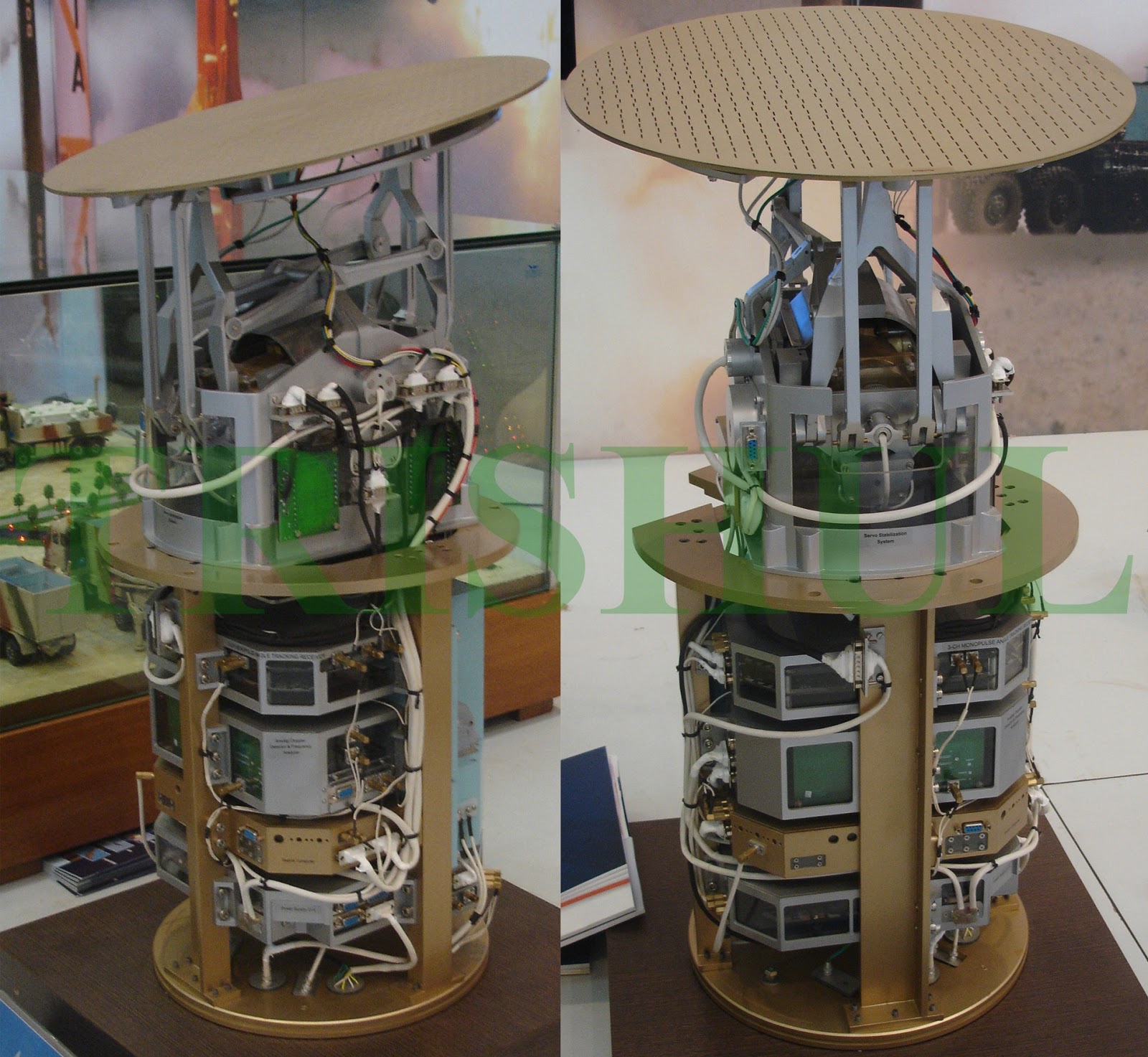@JamD
referring to ur post..
i agree new rocket motor design is needed. plus some stremgth of material is required to sustain turns..
suppose we get a good seeker.. can we develop just guidance kits which can maneuver missiles?
like JDAMs kit.. which can turn simple gravity bombs into precision bombs.. idea is instead of making control fins, we can make a thrust vector out door/plant unit, which can vector the thrust isntead of fins controlling aerodynamically.so this kit can make any regular missile (with seeker etc) into a SAM, if not tehn a SAM into a v
ery good SAM.. like sukhoi maneuver.... ? any insight ?
@MastanKhan @syedali73
on second thoughts, teh temperature and velocity of escaping gas may make it impossible... i am not sure but THAAD may use thrust vectoring.. its launch seems like that... or may eb we can use control like TOR which uses sudden gas emission (at launch) to manuever.. ? bcz settalite uses this technology.. and pak has made numerous satellites..
I know good control engineers are rare in pak (even in UK , many control eng are chinese)
@Technogaianist ur professional opinion on using thrust vectoring in missiles..
on 3rd thoughts (

if this kind of phrase exist)
the plane thrust vector control seems an ADD ON. i mean if we can develop this, we can use it on jf-17 whenevr mission reuires.. its not permanent...




 if this kind of phrase exist)
if this kind of phrase exist)















